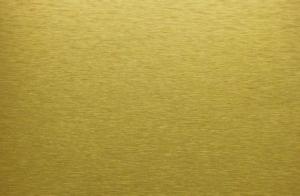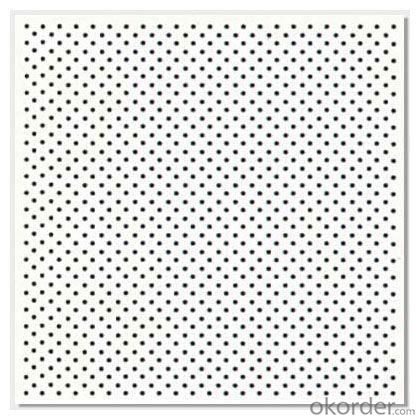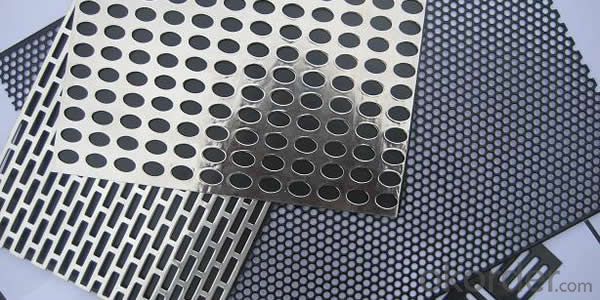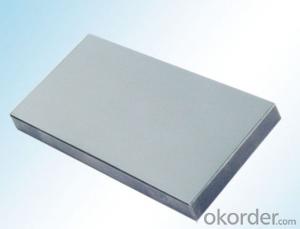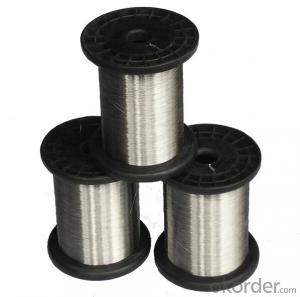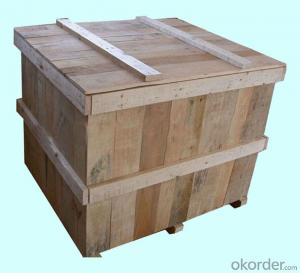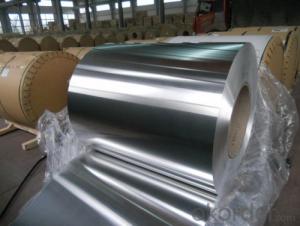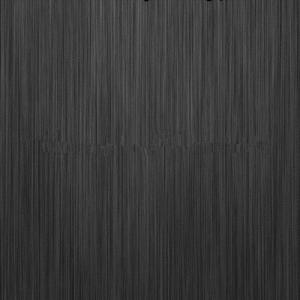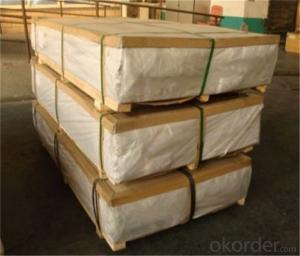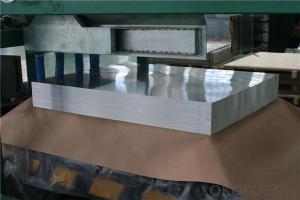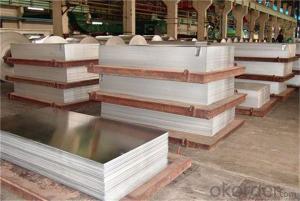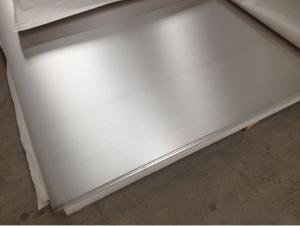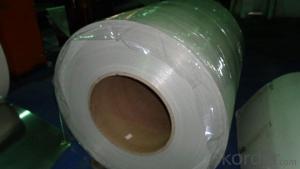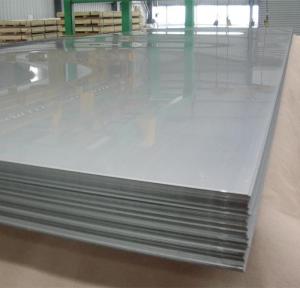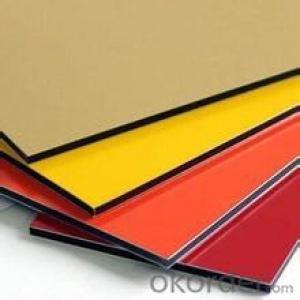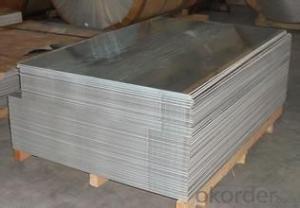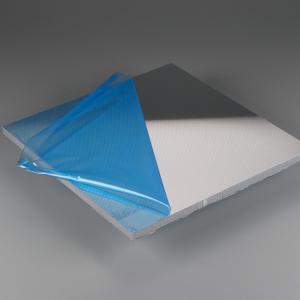Aluminum Sheets for Sale Mercer County - 2024 5052 5083 6061 7075 Aluminium Sheet from China
- Loading Port:
- Shanghai
- Payment Terms:
- TT or LC
- Min Order Qty:
- 5 m²
- Supply Capability:
- 9000 m²/month
OKorder Service Pledge
OKorder Financial Service
You Might Also Like
Aluminium Reflective sheet
Alloy or No.: Alloy
Alloy No.: AA6061, AA6063
Thickness: 0.2-3mm
Width: 10mm-2200mm
Length:10mm-2200mm
Tensile strength: ≥140N/mm2
Elongation: ≥2%(H26)
Yield Strength: ≥120N/mm2
Usage: Lights, grille lamp, tunnel lamp, solar collector etc.
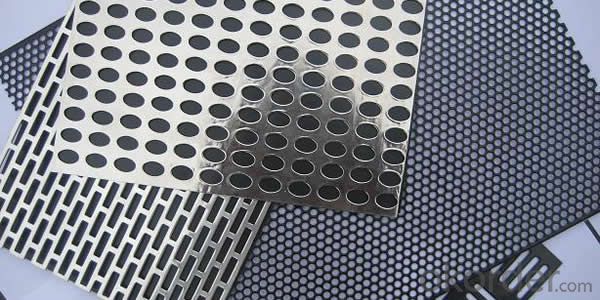
6061 aluminium sheet,aluminium price per kg Properties and composition
Typical Mechanical Properties of Aluminum | ||||
Aluminum grade and its state | Ultimate Tensile Strength (25°CMPa) | Tensile Yield Strength (25°CMPa) | Hardness 500kg force 10mm ball | Elongation 1.6mm(1/16in)thickness |
2024-T351 | 470 | 325 | 120 | 20 |
5052-H112 | 230 | 195 | 60 | 10 |
5083-H112 | 180 | 211 | 65 | 14 |
6061-T651 | 310 | 276 | 95 | 12 |
7050-T7451 | 510 | 455 | 135 | 10 |
7075-T651 | 572 | 503 | 150 | 11 |
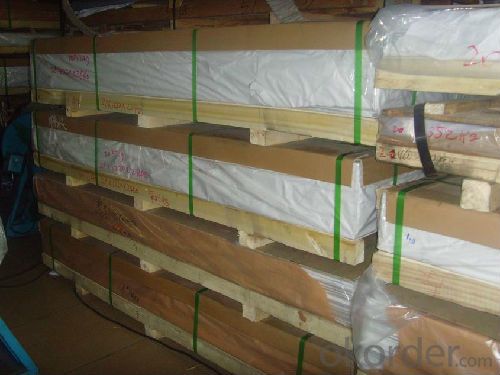
Typical Physical Properties of Aluminum | |||||
Aluminum grade and its state | Average Coefficident of Thermal Expansion (20-100 °C)μm/M-K | Approximate Melting range (°C) | Electrical Conductivity 20 °C(68°F)(%IACS) | Elecytrical Resistivity 20 °C(68°F) Ωmm²/m | Density (20 °C)(g/cm³) |
2024-T351 | 23.2 | 500-635 | 30 | 0.058 | 2.82 |
5052-H112 | 23.8 | 607-650 | 30-40 | 0.050 | 2.68 |
5083-H112 | 23.4 | 570-640 | 29 | 0.059 | 2.72 |
6061-T651 | 23.6 | 580-650 | 43 | 0.040 | 2.73 |
7050-T7451 | 23.5 | 490-630 | 41 | 0.0415 | 2.82 |
7075-T651 | 23.6 | 475-635 | 33 | 0.0515 | 2.82 |
Chemical Composition Limit of Aluminum | |||||||||||
Aluminum grade | Si | Fe | Cu | Mn | Cr | Mg | Zn | Ti | Other | Al | |
each | total | Min | |||||||||
2024 | 0.5 | 0.5 | 3.8-4.9 | 0.3-0.9 | 0.1 | 1.2-1.8 | 0.25 | 0.15 | 0.05 | 0.15 | remaining |
5052 | 0.25 | 0.4 | 0.1 | 0.1 | 0.15-0.35 | 2.2-2.8 | 0.1 | - | 0.05 | 0.15 | remaining |
5083 | ≤0.40 | 0.4 | 0.1 | 0.3-1.0 | 0.05-0.25 | 4.0-4.9 | 0.25 | 0.15 | 0.05 | 0.15 | remaining |
6061 | 0.4-0.8 | 0.7 | 0.15-0.4 | 0.15 | 0.04-0.35 | 0.8-1.2 | 0.25 | 0.15 | 0.05 | 0.15 | remaining |
7050 | ≤0.12 | 0.15 | 2.0-2.6 | 0.1 | 0.04 | 1.9-2.6 | 5.7-6.7 | 0.06 | 0.05 | 0.15 | remaining |
7075 | 0.4 | 0.5 | 1.2-2.0 | 0.3 | 0.18-0.28 | 2.1-2.9 | 5.1-6.1 | 0.2 | 0.05 | 0.15 | remaining |
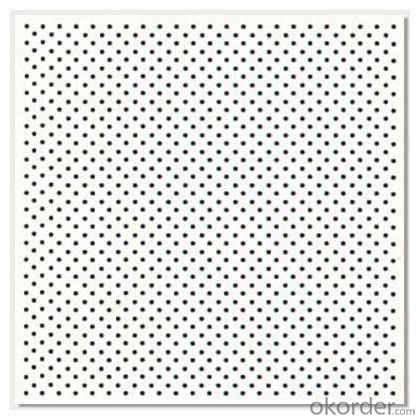
- Q: Can 101 aluminum sheets be used in the production of musical instruments?
- Certainly, the utilization of 101 aluminum sheets is feasible in the manufacturing of musical instruments. Aluminum, being a lightweight and durable metal, finds wide application in the production of diverse musical instruments. Its resonating properties are commendable, ensuring the generation of a vibrant and distinct sound. Furthermore, the exceptional malleability of aluminum facilitates effortless shaping and molding into various musical instrument components like bodies, frames, or keys. Thus, the incorporation of 101 aluminum sheets unquestionably enhances the overall quality and performance of musical instruments.
- Q: Are the aluminum sheets suitable for manufacturing food processing equipment?
- Yes, aluminum sheets are suitable for manufacturing food processing equipment. Aluminum is a lightweight, durable, and corrosion-resistant material, making it ideal for use in the food industry. It is non-toxic, odourless, and does not affect the taste or quality of the food being processed. Additionally, aluminum is easy to clean and maintain, ensuring hygiene standards are met. Its ability to conduct heat efficiently also makes it suitable for applications such as cooking and baking. Overall, aluminum sheets are a popular choice for manufacturing food processing equipment due to their numerous beneficial properties.
- Q: Are aluminum sheets suitable for electrical bus bars?
- Certain applications may find aluminum sheets suitable for use in electrical bus bars. Aluminum possesses several properties that make it a viable choice for bus bars. Firstly, aluminum is a lightweight material, which can be advantageous in situations where weight reduction is crucial. Furthermore, aluminum exhibits good electrical conductivity, although it falls short of copper in terms of conductivity. Nevertheless, aluminum bus bars can still handle high electrical currents and are commonly employed in power distribution systems. However, one drawback of aluminum bus bars is their higher resistance compared to copper bus bars. Consequently, they have a tendency to generate more heat, particularly under heavy current loads. To address this issue, aluminum bus bars are often designed with larger cross-sectional areas to minimize resistance and dissipate heat more effectively. Another challenge associated with aluminum bus bars is their vulnerability to oxidation and corrosion. This concern can be tackled by applying protective coatings or utilizing alloys that offer superior corrosion resistance. Additionally, it is crucial to ensure proper insulation and avoid contact with dissimilar metals to prevent galvanic corrosion. In conclusion, aluminum sheets can serve as suitable materials for electrical bus bars, particularly in scenarios where weight reduction is a priority. However, careful consideration must be given to factors such as electrical conductivity, heat dissipation, and corrosion resistance to ensure optimal performance and longevity of the bus bars.
- Q: What are the different types of finishes used for decorative aluminum sheet?
- Decorative aluminum sheet can be enhanced and protected with various types of finishes. Here are some of the most common finishes available: 1. Mill finish: This is the standard finish when aluminum sheets come directly from the mill. It has a smooth, shiny appearance without any additional treatments or coatings. 2. Anodized finish: By undergoing an electrochemical process, a durable, corrosion-resistant layer is created on the aluminum surface. Anodized finishes can be clear or colored, giving the sheet a decorative, matte look. 3. Brushed finish: Also referred to as satin finish, this finish involves brushing the aluminum sheet with a fine abrasive material to produce fine lines or scratches. It results in a textured, non-reflective surface that conceals imperfections. 4. Polished finish: This finish includes polishing the aluminum sheet using a series of abrasive materials to achieve a smooth, reflective surface. It creates a shiny, mirror-like appearance, often utilized for decorative purposes. 5. Painted finish: Aluminum sheets can be coated with various types of paints to achieve different colors and finishes. These coatings can be applied through methods like powder coating, liquid painting, or coil coating, offering both decorative and protective advantages. 6. Embossed finish: This type of finish involves pressing a pattern or design onto the aluminum sheet, creating a three-dimensional surface. Embossed finishes can vary in depth and detail, adding texture and visual interest to the sheet. These examples demonstrate the variety of finishes available for decorative aluminum sheet. Each finish offers its own distinct appearance and benefits, allowing for a wide range of design options.
- Q: I need help with this question for a report i'm doing, it's about recycling aluminium, please could you give me some reasons why to recycle aluminium and eg.saves energy, and how it does eg. saves energy by...Thanks a lot this will help me loads.P.S this is just a report for my science project.
- Well aluminium is a common metal and throwing it away fills up land fills. Recycling the metal means less mining and ripping up the earth.
- Q: What are the properties of anodized aluminum sheets?
- Anodized aluminum sheets have a protective oxide layer that provides increased corrosion resistance, durability, and a decorative finish. They are lightweight, non-toxic, and offer excellent heat and electrical conductivity. Additionally, anodized aluminum sheets are easy to clean, resistant to fading and scratching, and can be dyed in various colors for aesthetic purposes.
- Q: I saw a nice looking set of cast aluminum pots for a very good price. They feel very heavy. But I remember hearing that aluminum is not healthy so I am wary of buying them. Any advice would be appreciated.
- Cast Aluminum Pots
- Q: What is the typical elongation of aluminum sheets?
- The typical elongation of aluminum sheets ranges from 5% to 30%, depending on the specific alloy and temper.
- Q: I just built a stone wall with illuminated glass features embedded, and to make them shine evenly, I had all sides but the visual one wrapped in industrial thickness aluminium foil. One week later, the foil has disintegrated. I have used type 10 Portland. What is going on?
- I believe your problem is that concrete acts as a fairly strong base (this is especially true of mortar mixes). It is well known that strong base will react with an active metal like aluminium and produce hydrogen gas as a byproduct. The representative reaction is: 2Al+6NaOH==2Na3AlO3+3H2, This reaction is fairly rapid and can even cause an explosive buildup of hydrogen gas in a non-ventillated area.
- Q: Can aluminum sheets be used for insulation purposes?
- Yes, aluminum sheets can be used for insulation purposes. They have a low thermal conductivity and can effectively reflect heat and cold, making them suitable for insulating applications in various industries such as construction, automotive, and packaging.
Send your message to us
Aluminum Sheets for Sale Mercer County - 2024 5052 5083 6061 7075 Aluminium Sheet from China
- Loading Port:
- Shanghai
- Payment Terms:
- TT or LC
- Min Order Qty:
- 5 m²
- Supply Capability:
- 9000 m²/month
OKorder Service Pledge
OKorder Financial Service
Similar products
Hot products
Hot Searches
Related keywords
